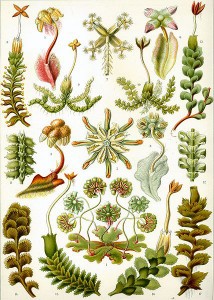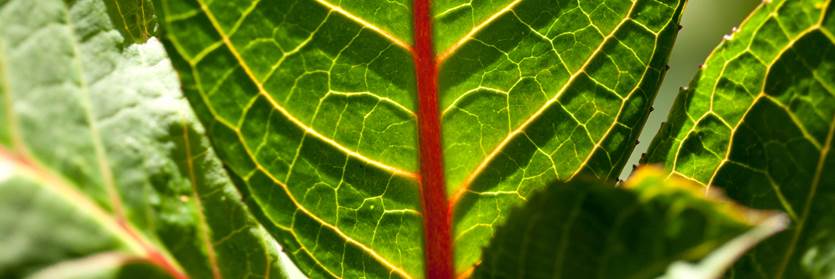Liverworts, Cousins of Mosses
Posted in Interesting Plant Stories on January 8, 2014 by Barbara Thiers
Barbara M. Thiers, Ph.D., is the Patricia K. Holmgren Director of the William and Lynda Steere Herbarium and Vice President for Science Administration at The New York Botanical Garden.

Alma Whittaker, the heroine of Elizabeth Gilbert’s recent novel The Signature of All Things, has a passion for science, especially botany, and most especially mosses. I share these passions although I have always been more captivated by liverworts, the cousins of mosses.
Mosses and liverworts were among the first groups of plants that evolved to live on land rather than in water. Because they lack the internal mechanisms for conducting water that most land plants have, they remain small so their leaves can absorb water directly from the surfaces on which they grow. Mosses and liverworts both reproduce by single-celled spores rather than seeds.
While most mosses are fairly uniform in structure, consisting of a stem with simple leaves spiraling around it, liverworts are unfettered by structural conformity. As shown in the illustration, their forms range from ribbon-like to leafy, and the leaves can be folded and divided in many ways. They release their spores by means of stalked structures that look like umbrellas or tiny brown flowers.
